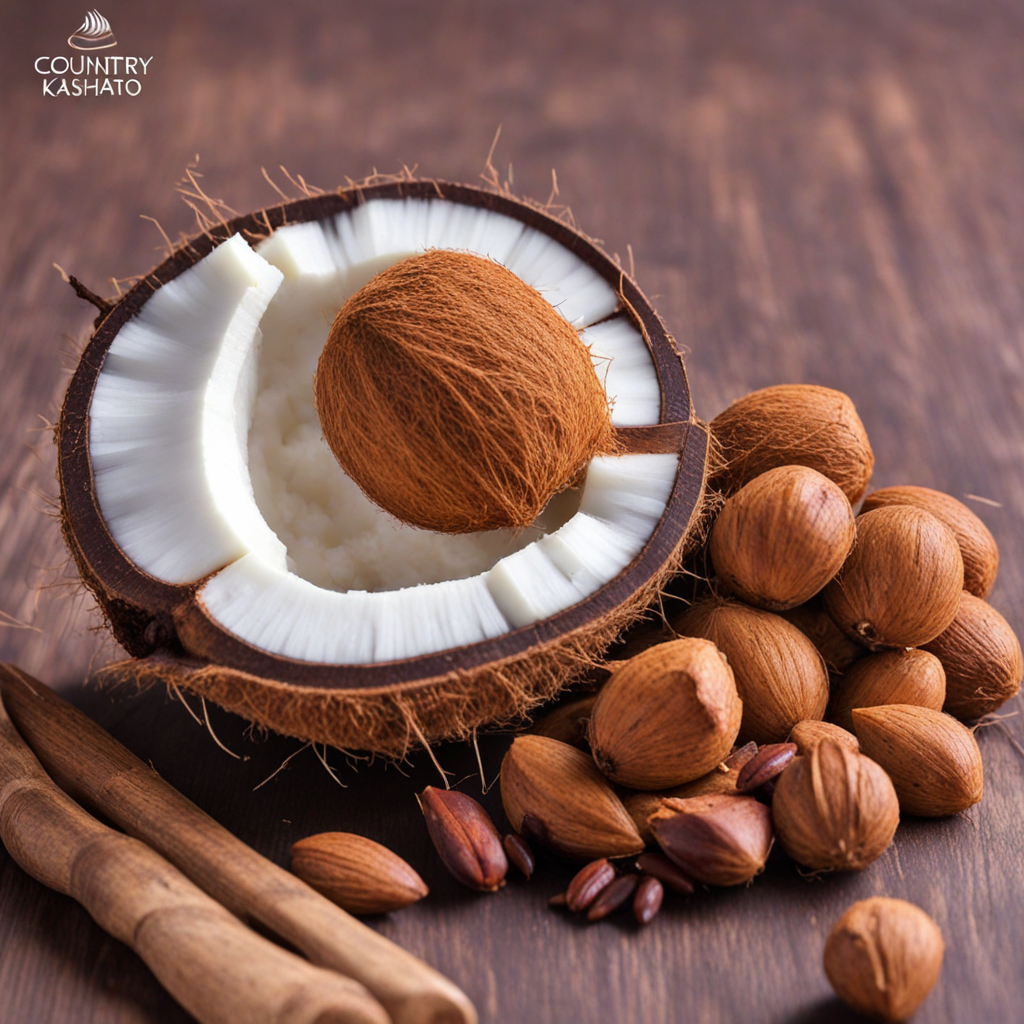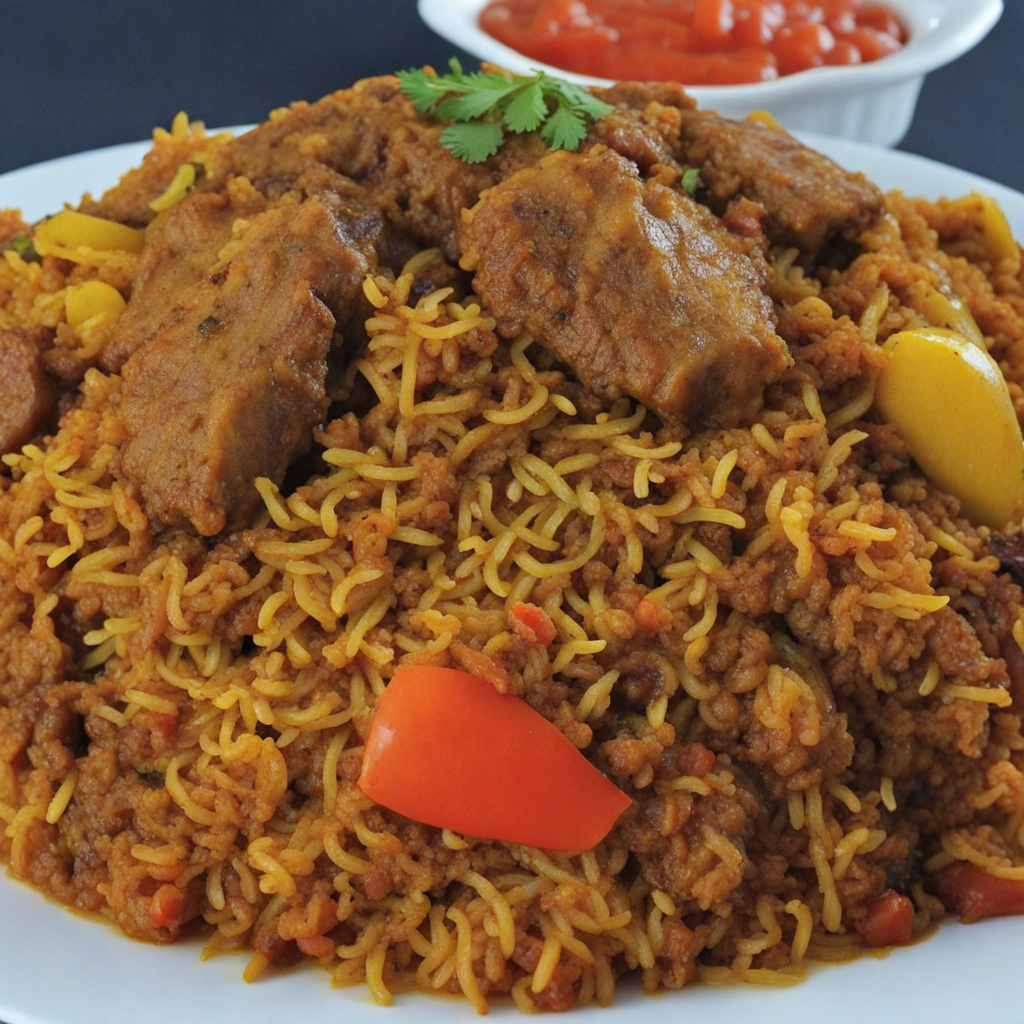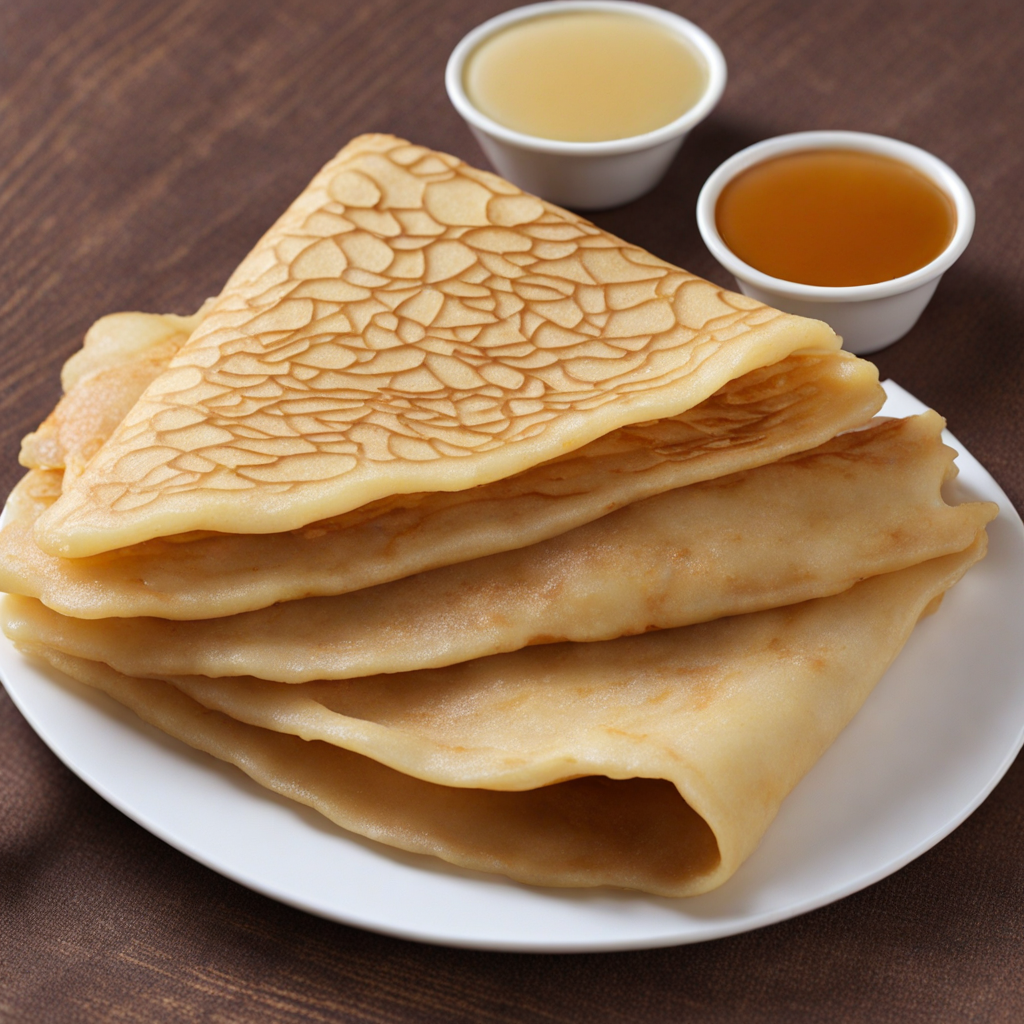Qamdi
Qamdi is a traditional Somali dish that embodies the rich culinary heritage of the Horn of Africa. It is a type of flavorful flatbread, often made with a combination of wheat flour, water, and a touch of salt. The dough is meticulously kneaded and allowed to rest, resulting in a soft and pliable texture. Once rolled out, the bread is cooked on a hot griddle, producing a lightly charred exterior that gives it a delightful crunch while keeping the inside tender and warm. The aroma of freshly cooked Qamdi wafts through the air, inviting you to experience its unique flavor profile. This versatile bread is often served as an accompaniment to various Somali dishes, such as stews and curries, enhancing the overall dining experience. Its slightly chewy texture makes it perfect for scooping up savory sauces, while the subtle flavor of the bread complements the spices commonly found in Somali cuisine. Qamdi can also be enjoyed on its own, perhaps with a drizzle of honey or a spread of butter, offering a delightful balance of sweetness and richness that tantalizes the taste buds. In addition to its delicious taste, Qamdi holds cultural significance in Somali communities, often featuring in gatherings and celebrations. Each family may have its own variation of the recipe, adding personal touches that reflect regional ingredients and customs. As you take your first bite of Qamdi, you'll not only savor its delectable flavors but also connect with the vibrant traditions and stories of the Somali people, making it a truly enriching culinary experience.
How It Became This Dish
The History of قمدي (Qamadi) in Somalia: A Culinary Journey #### Origins of قمدي Qamadi, a traditional Somali dish, is notable for its rich flavors and cultural significance within Somali cuisine. Its name derives from the Arabic word "قمد," which refers to a type of bread, highlighting the historical connections between Somali and Arab culinary practices. As with many dishes in Somalia, qamadi's origins can be traced back to the interactions of various cultures along the Swahili Coast and the Horn of Africa, where trade and migration have played pivotal roles in shaping local food traditions. The Somali landscape, characterized by arid regions and pastoral communities, has historically influenced dietary practices. The nomadic lifestyle of many Somali people, who relied on livestock such as camels, goats, and sheep, resulted in a cuisine that emphasizes simplicity and the use of available resources. Qamadi is typically made from flour, water, and salt, reflecting this resourcefulness. Over time, variations of the dish have emerged, influenced by trade with neighboring regions and countries, including Yemen and Ethiopia. #### Cultural Significance Qamadi holds a special place in Somali culture, often served during significant occasions such as weddings, religious celebrations, and communal gatherings. The act of sharing food is deeply ingrained in Somali social customs, and qamadi is a staple that brings people together. Traditionally, it is accompanied by a variety of dishes, including stews, grilled meats, and spicy sauces, enhancing the communal dining experience. In Somali culture, food is a symbol of hospitality and generosity. When guests arrive, it is customary to offer them qamadi alongside other traditional dishes, signifying respect and appreciation. This aspect of Somali hospitality is not merely about sustenance; it reflects a deep-seated cultural value that cherishes community, kinship, and the bonds that food can forge. Moreover, qamadi is often linked to the concept of "sambusa," a popular Somali snack that is typically filled with meat or vegetables and served during Ramadan and festive occasions. The preparation of qamadi and sambusa is often a communal activity, with family members gathering to cook and share stories, reinforcing familial ties and cultural traditions. #### Development Over Time The evolution of qamadi mirrors the broader changes in Somali society and culinary practices over the centuries. Initially, the dish was simple, made with basic ingredients available to the nomadic communities. However, as Somalia became increasingly interconnected through trade routes, the introduction of new spices and ingredients expanded the flavor profile of qamadi. During the 19th and early 20th centuries, Somalia was a focal point for trade between the Arab world, East Africa, and beyond. This period saw the introduction of various spices such as cumin, coriander, and chili, which began to influence the preparation of qamadi and its accompaniments. The incorporation of these spices not only enhanced the taste of the dish but also reflected the blending of culinary traditions that characterized this era. With the advent of colonialism in the late 19th century, Somali cuisine, including qamadi, faced new influences. The Italian and British colonial periods introduced different cooking techniques and ingredients, as well as the concept of urban dining. In urban centers like Mogadishu, the availability of diverse ingredients led to the emergence of new interpretations of traditional dishes, including qamadi, which began to be served in restaurants and cafes. In contemporary Somalia, qamadi remains an essential part of daily life and special occasions. It is often made in households but has also found a place in modern restaurants, where chefs experiment with its preparation and presentation. The traditional flatbread is sometimes served with innovative twists, such as being stuffed with various fillings or served alongside fusion dishes that blend Somali flavors with international cuisines. The diaspora has also played a crucial role in the evolution of qamadi. As Somali communities spread across the globe, they brought their culinary traditions with them. In cities with significant Somali populations, such as Minneapolis, London, and Toronto, qamadi has become a symbol of cultural identity and continuity. Somali restaurants in these cities often serve qamadi alongside traditional stews and dishes, allowing new generations to connect with their heritage. #### The Future of Qamadi As Somalia continues to navigate through challenges and changes in the 21st century, qamadi remains a resilient symbol of cultural heritage. Efforts to preserve traditional recipes and cooking methods are gaining traction, as younger generations show an increasing interest in their culinary roots. Cooking classes and community events focusing on Somali cuisine are becoming more common, fostering a sense of pride in traditional foods. Moreover, the global interest in authentic and diverse culinary experiences has placed Somali cuisine, including qamadi, on the gastronomic map. Food enthusiasts and chefs are exploring and promoting Somali dishes, highlighting their history and cultural significance. This exposure not only elevates the status of qamadi but also contributes to a broader appreciation of Somali heritage. In conclusion, qamadi serves as a culinary emblem of Somalia, reflecting the nation’s history, culture, and resilience. From its humble origins rooted in nomadic traditions to its place in contemporary Somali society and the global culinary landscape, qamadi embodies the spirit of community, hospitality, and cultural continuity. As Somalia moves forward, the legacy of qamadi will undoubtedly continue to evolve, remaining a cherished part of Somali identity and a bridge connecting past and present.
You may like
Discover local flavors from Somalia







